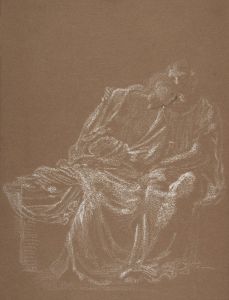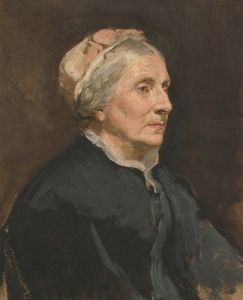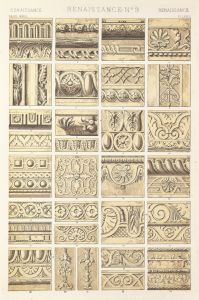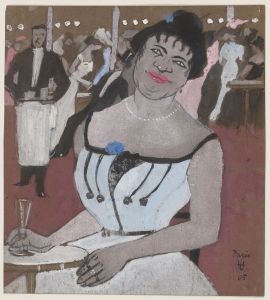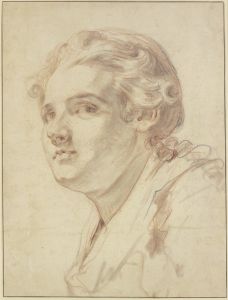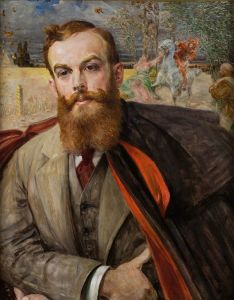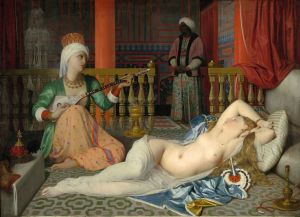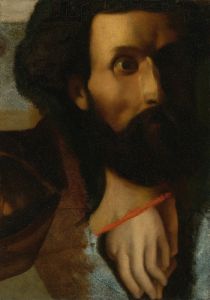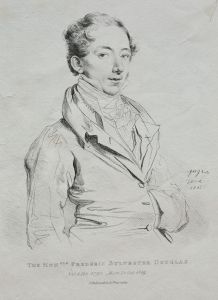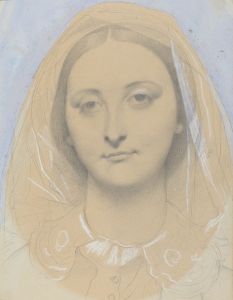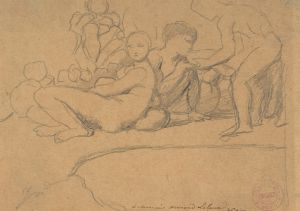
The Architect Charles-Victor Famin
A hand-painted replica of Jean Auguste Dominique Ingres’s masterpiece The Architect Charles-Victor Famin, meticulously crafted by professional artists to capture the true essence of the original. Each piece is created with museum-quality canvas and rare mineral pigments, carefully painted by experienced artists with delicate brushstrokes and rich, layered colors to perfectly recreate the texture of the original artwork. Unlike machine-printed reproductions, this hand-painted version brings the painting to life, infused with the artist’s emotions and skill in every stroke. Whether for personal collection or home decoration, it instantly elevates the artistic atmosphere of any space.
Jean Auguste Dominique Ingres, a prominent French Neoclassical painter, created the portrait The Architect Charles-Victor Famin in 1810. This artwork depicts Charles-Victor Famin, a French architect and a contemporary of Ingres. Famin was a student at the École des Beaux-Arts in Paris and later became known for his architectural work and teaching. The portrait was painted during Ingres' early career, a period when he was establishing himself as a skilled portraitist alongside his larger historical and mythological compositions.
The painting is executed in graphite on paper, showcasing Ingres' mastery of line and detail. It exemplifies his ability to capture the personality and character of his sitters with precision and subtlety. The portrait presents Famin in a seated pose, dressed in contemporary attire, with a calm and contemplative expression. Ingres' meticulous attention to detail is evident in the rendering of Famin's facial features, hair, and clothing, reflecting the artist's dedication to realism and his classical training.
This work is part of a series of portraits that Ingres created during his time in Rome, where he was studying as a recipient of the prestigious Prix de Rome scholarship. These portraits, often of friends, colleagues, and patrons, were an important aspect of Ingres' artistic output during this period. They not only provided him with financial support but also allowed him to refine his skills in capturing likeness and character.
The portrait of Charles-Victor Famin is now housed in the Louvre Museum in Paris, where it is part of the collection of drawings. It is considered an excellent example of Ingres' draftsmanship and his ability to convey depth and texture using only graphite. The work is admired for its simplicity and elegance, qualities that are characteristic of Ingres' portrait drawings.
This portrait holds historical significance as it reflects the close connections between artists and architects in early 19th-century France, as well as the intellectual and artistic exchanges that took place within the École des Beaux-Arts community. It also highlights Ingres' role as a chronicler of his time, capturing the figures who contributed to the cultural and artistic landscape of the era.





